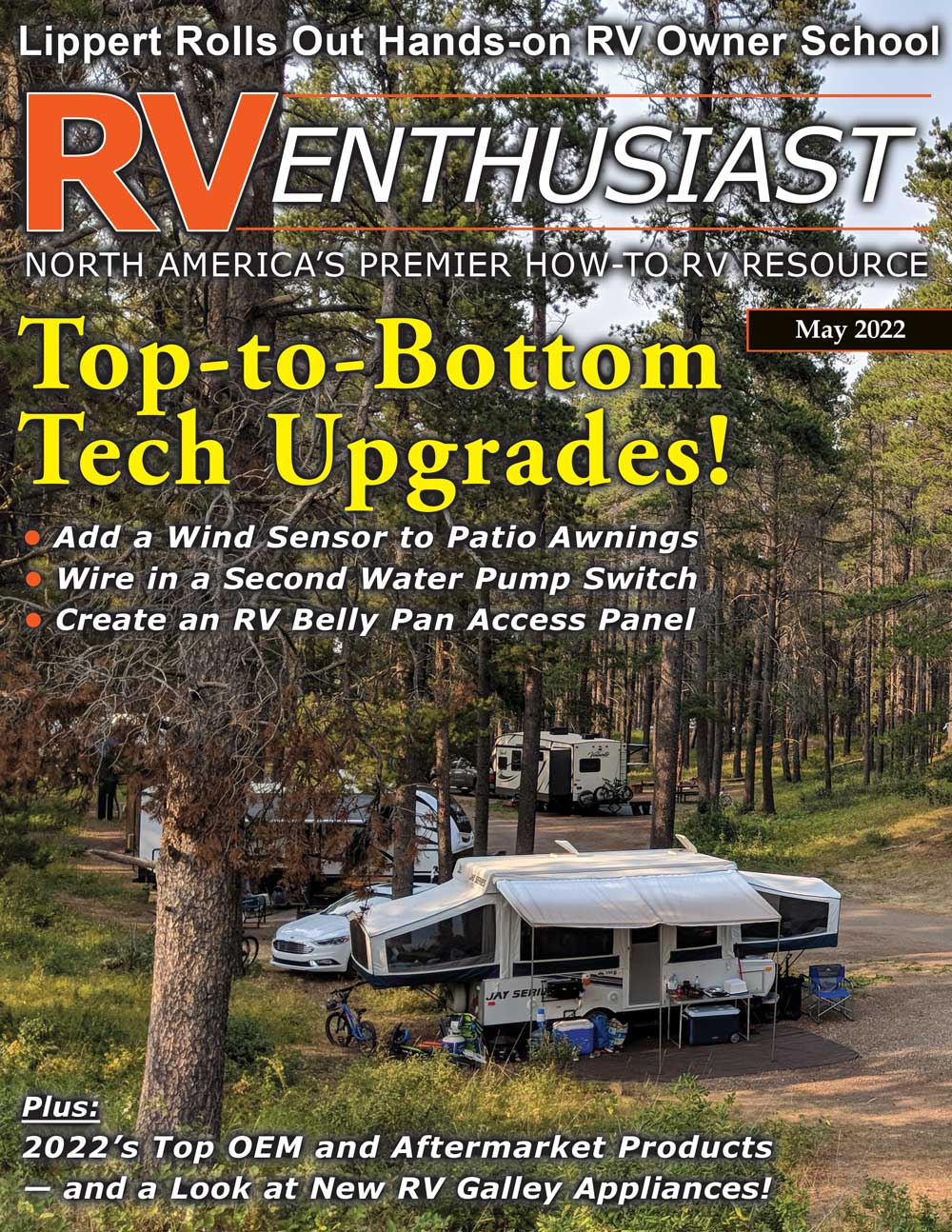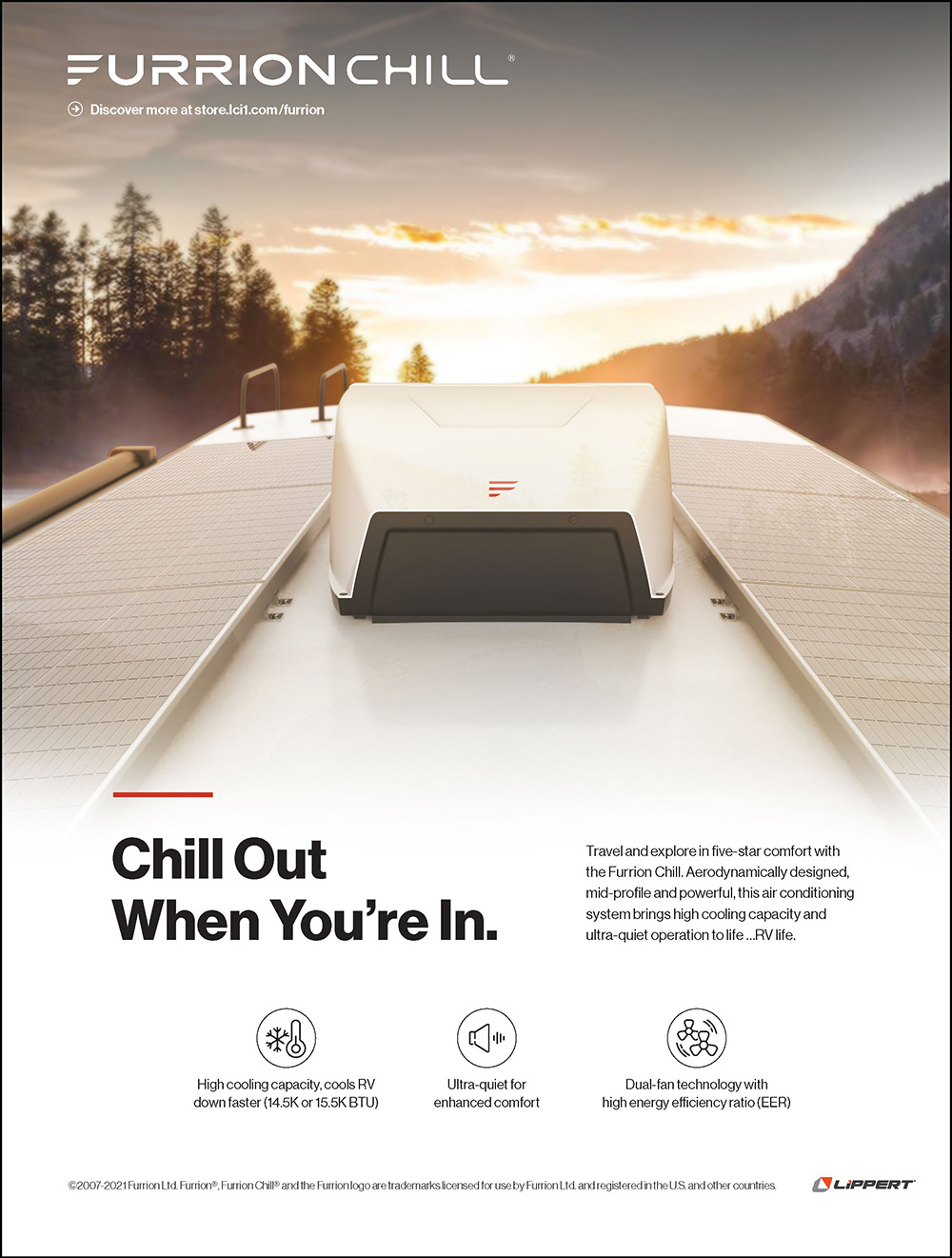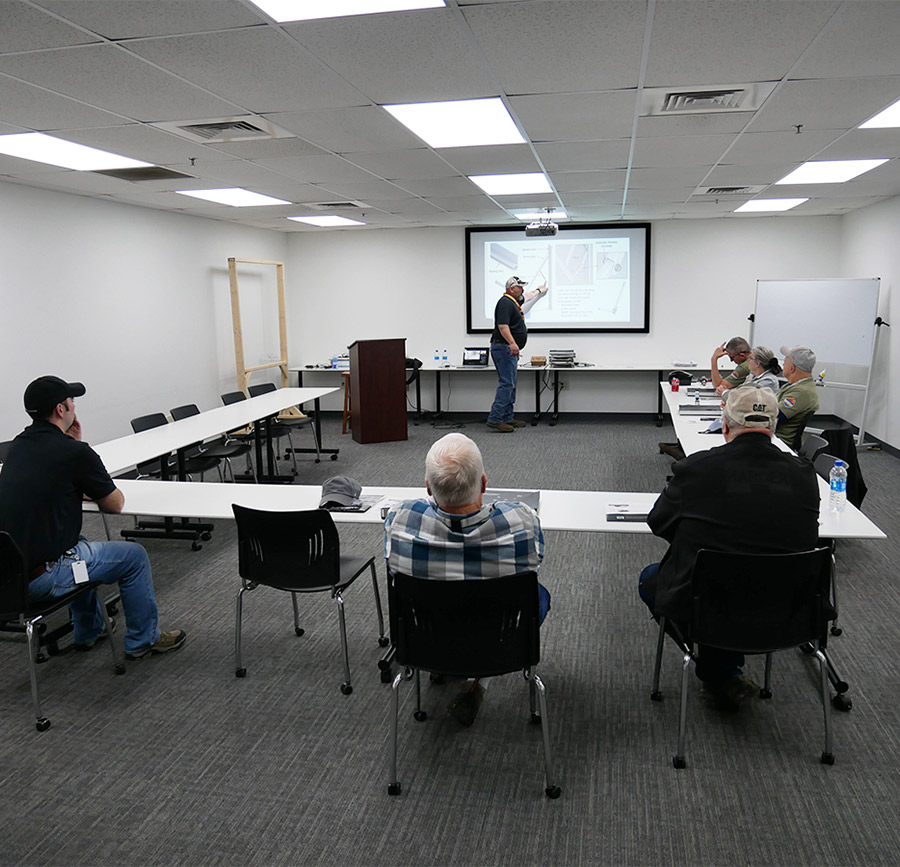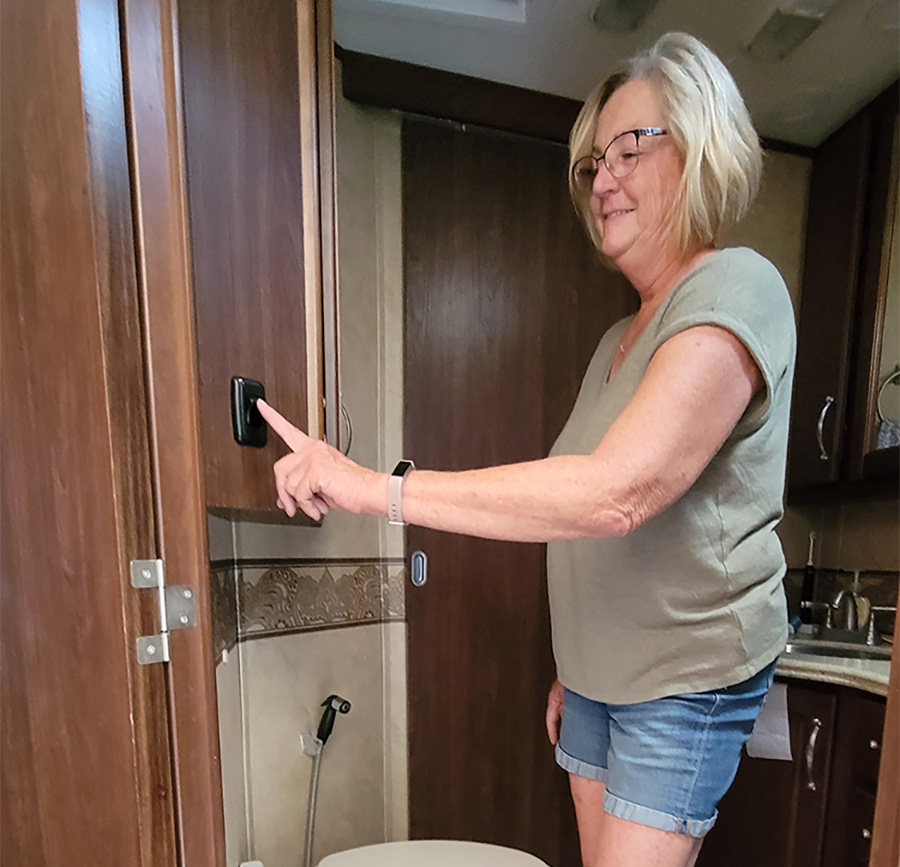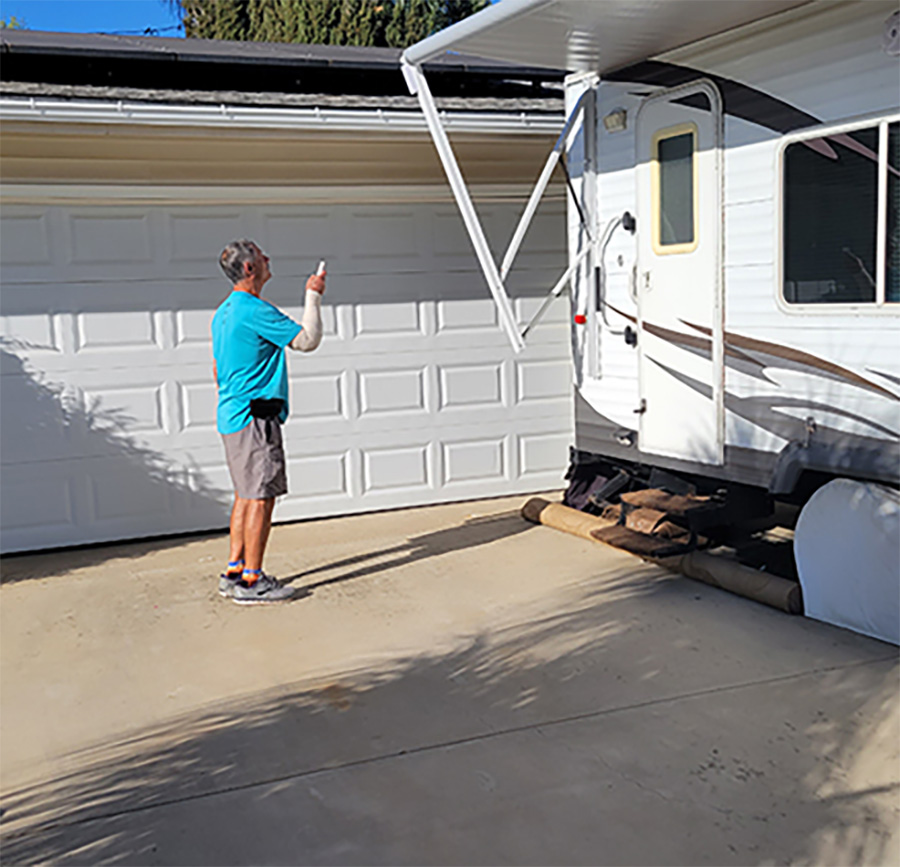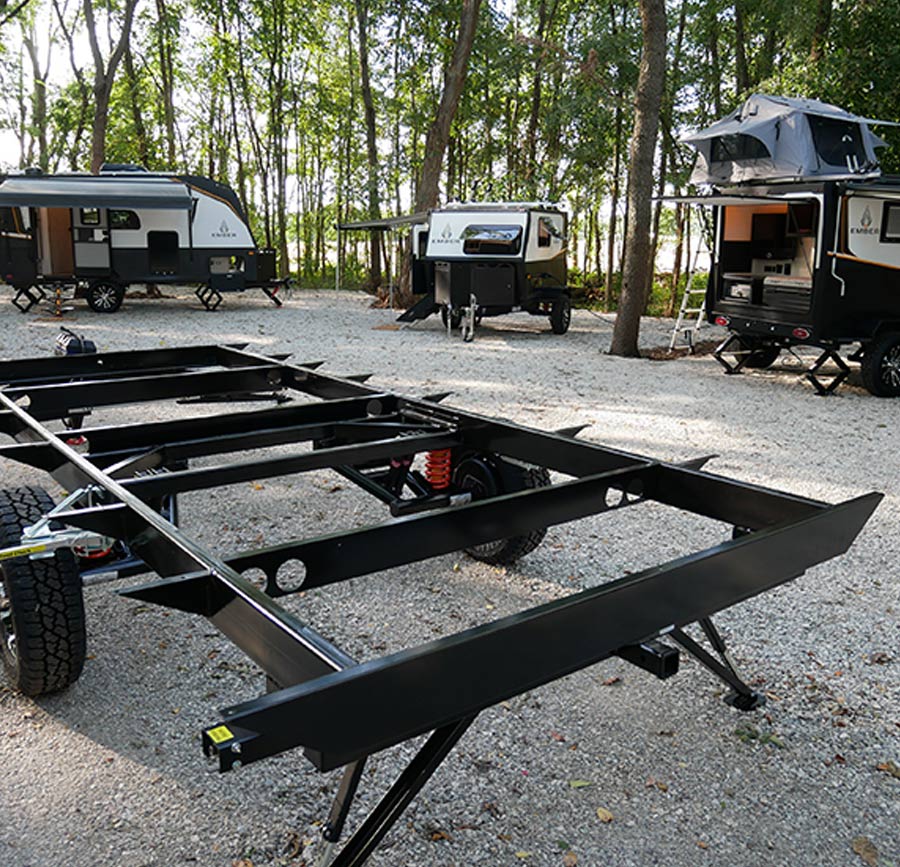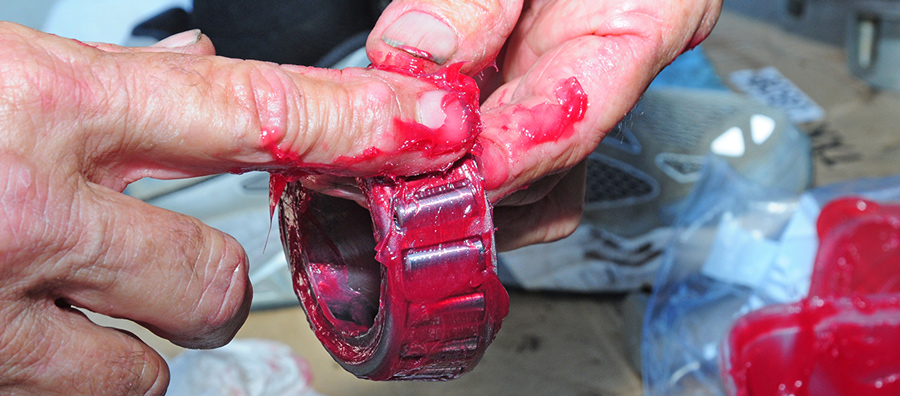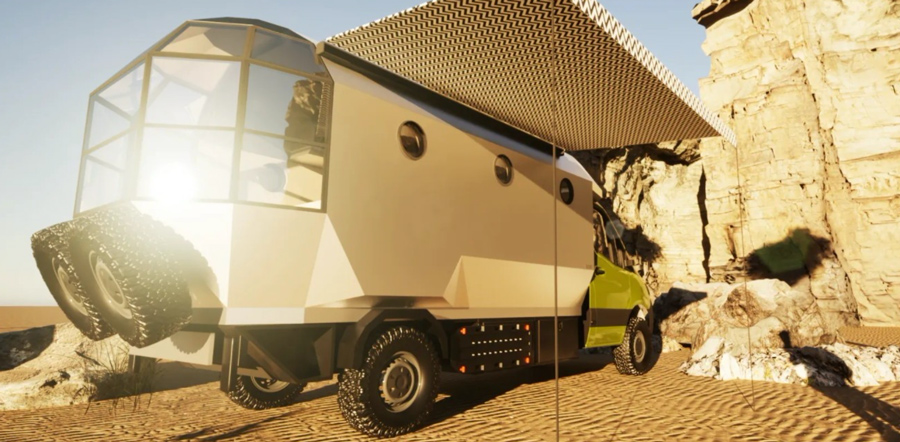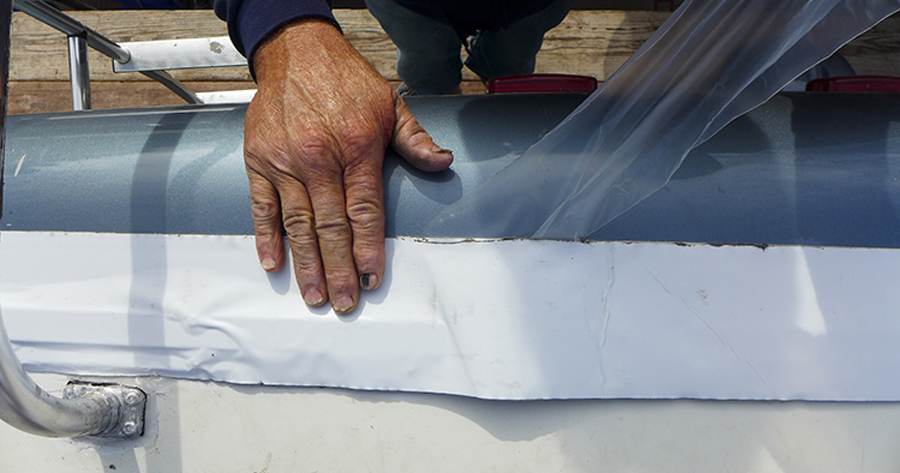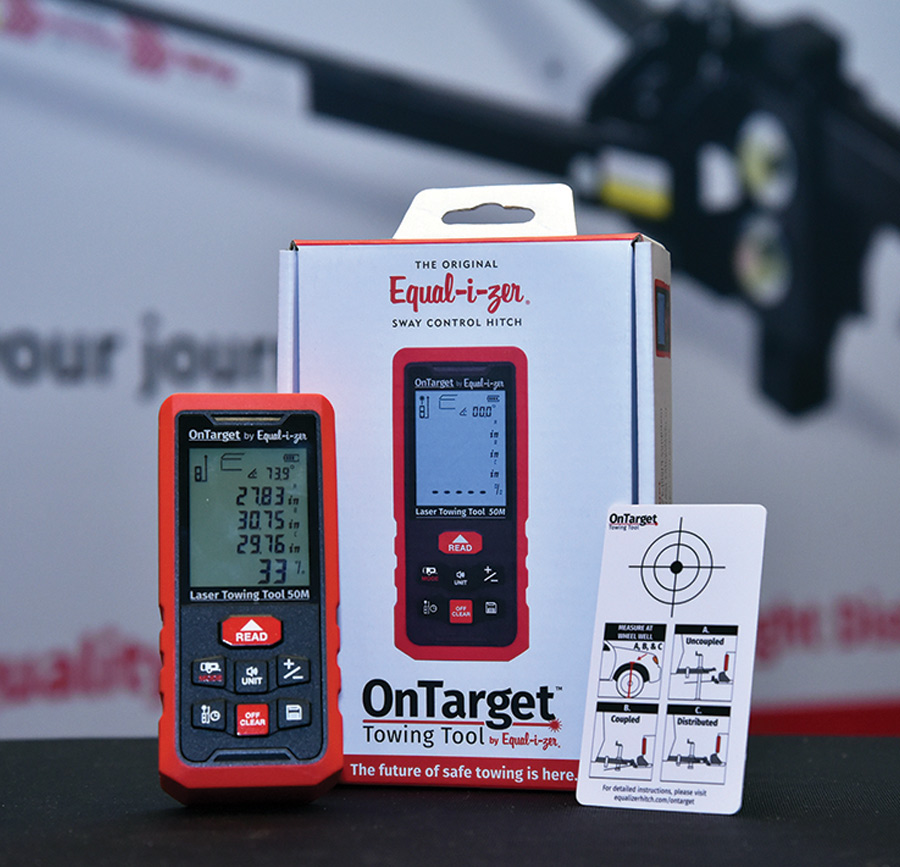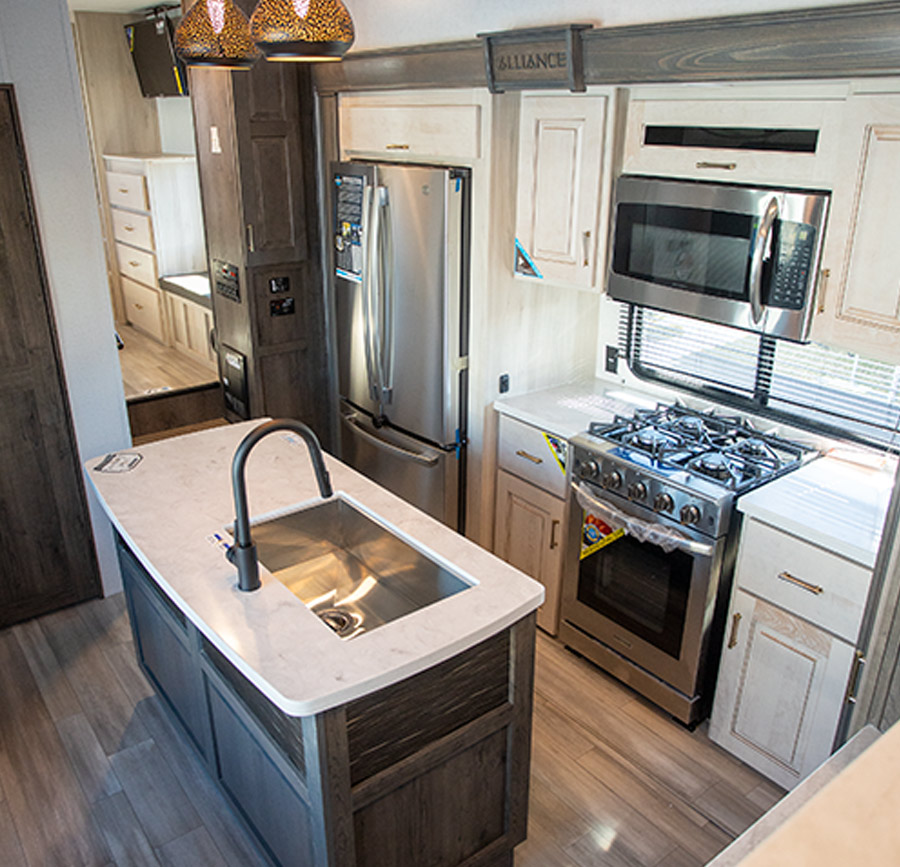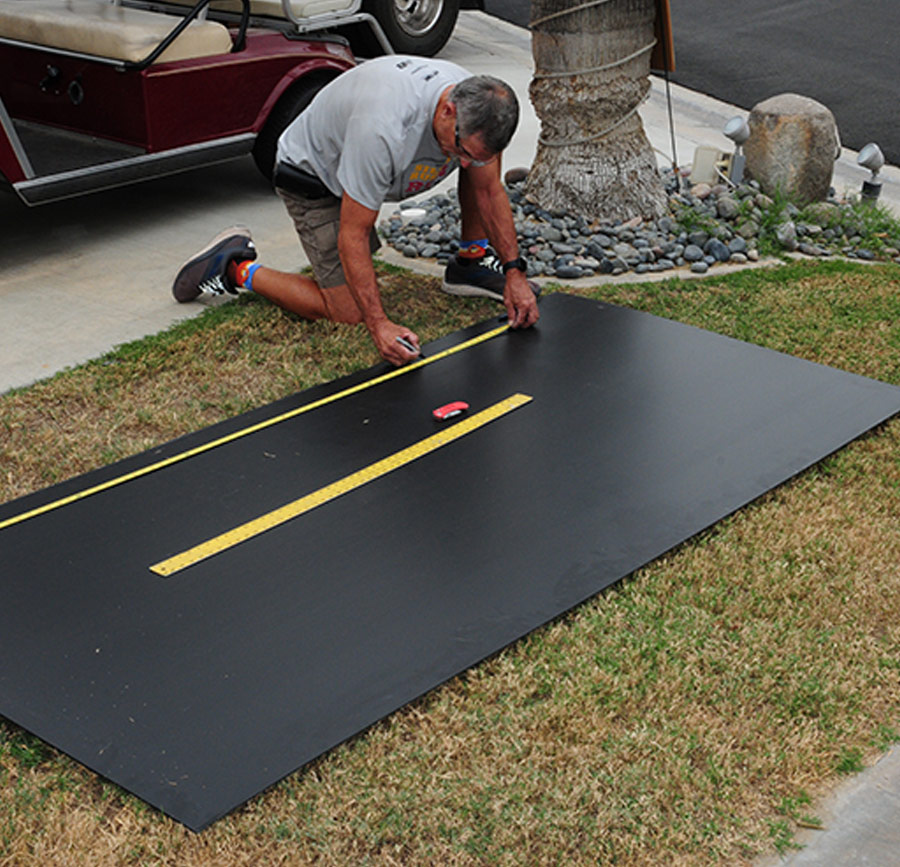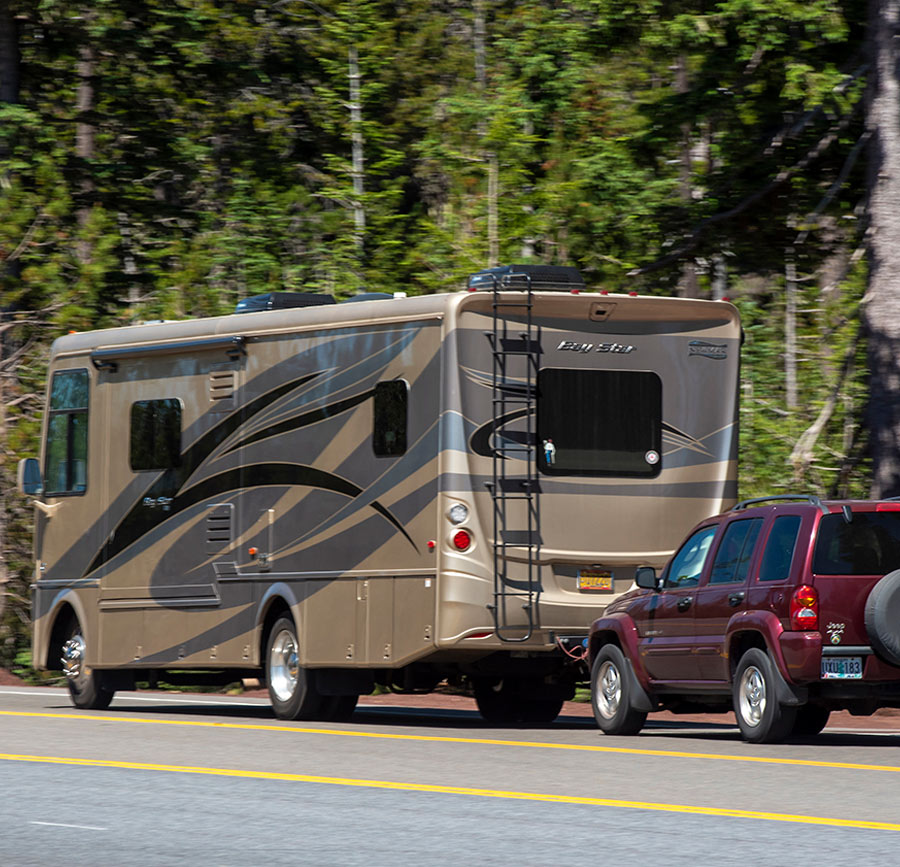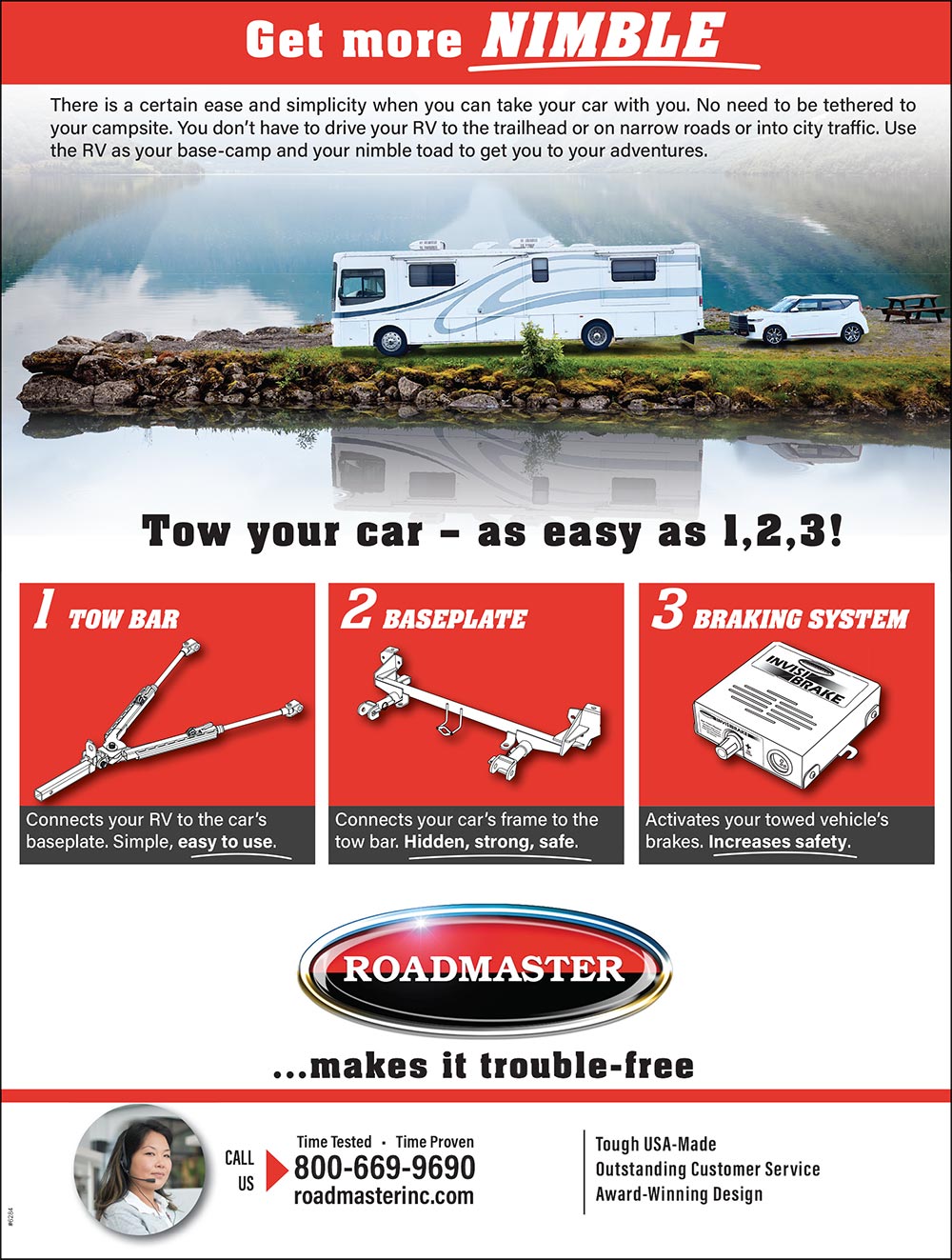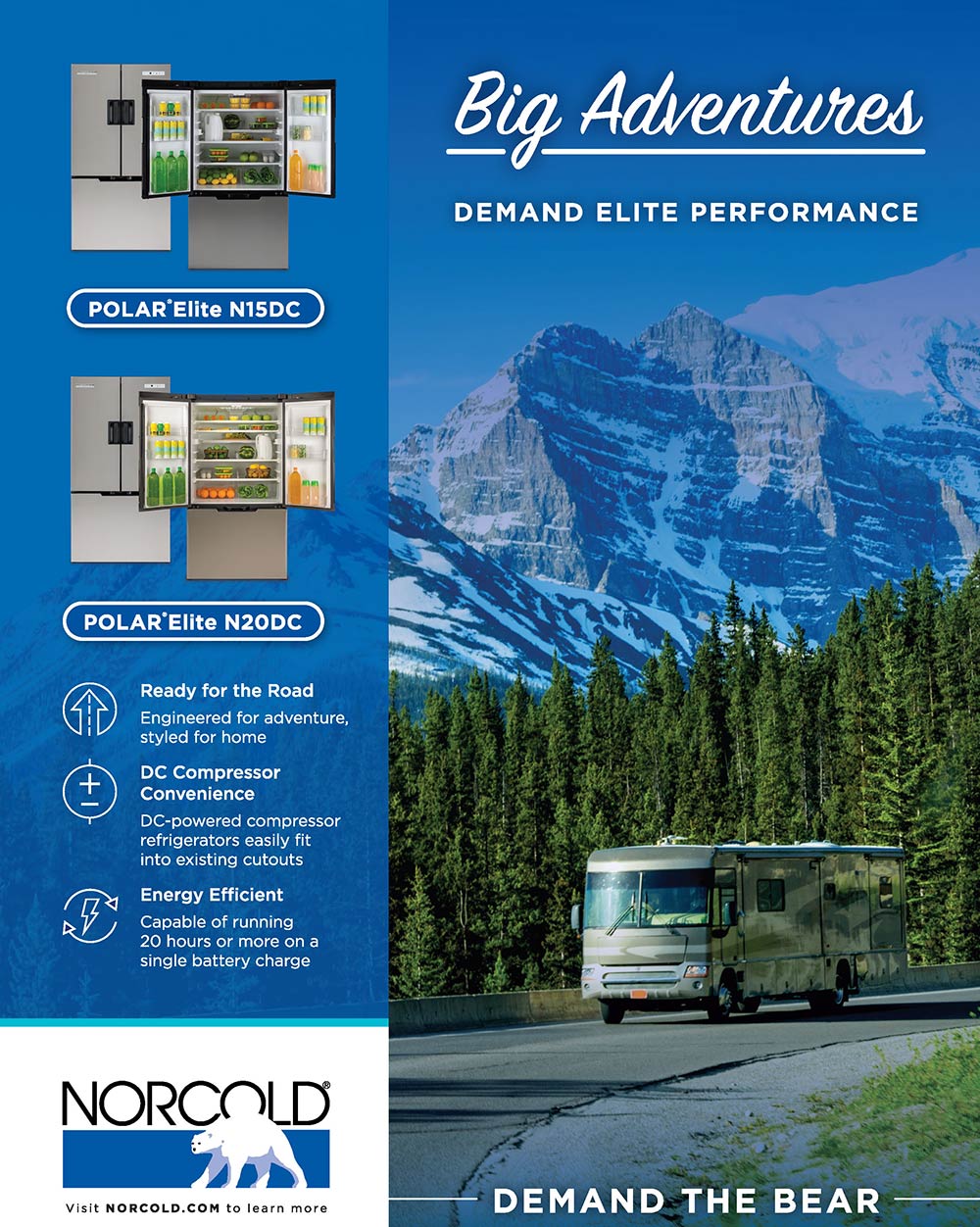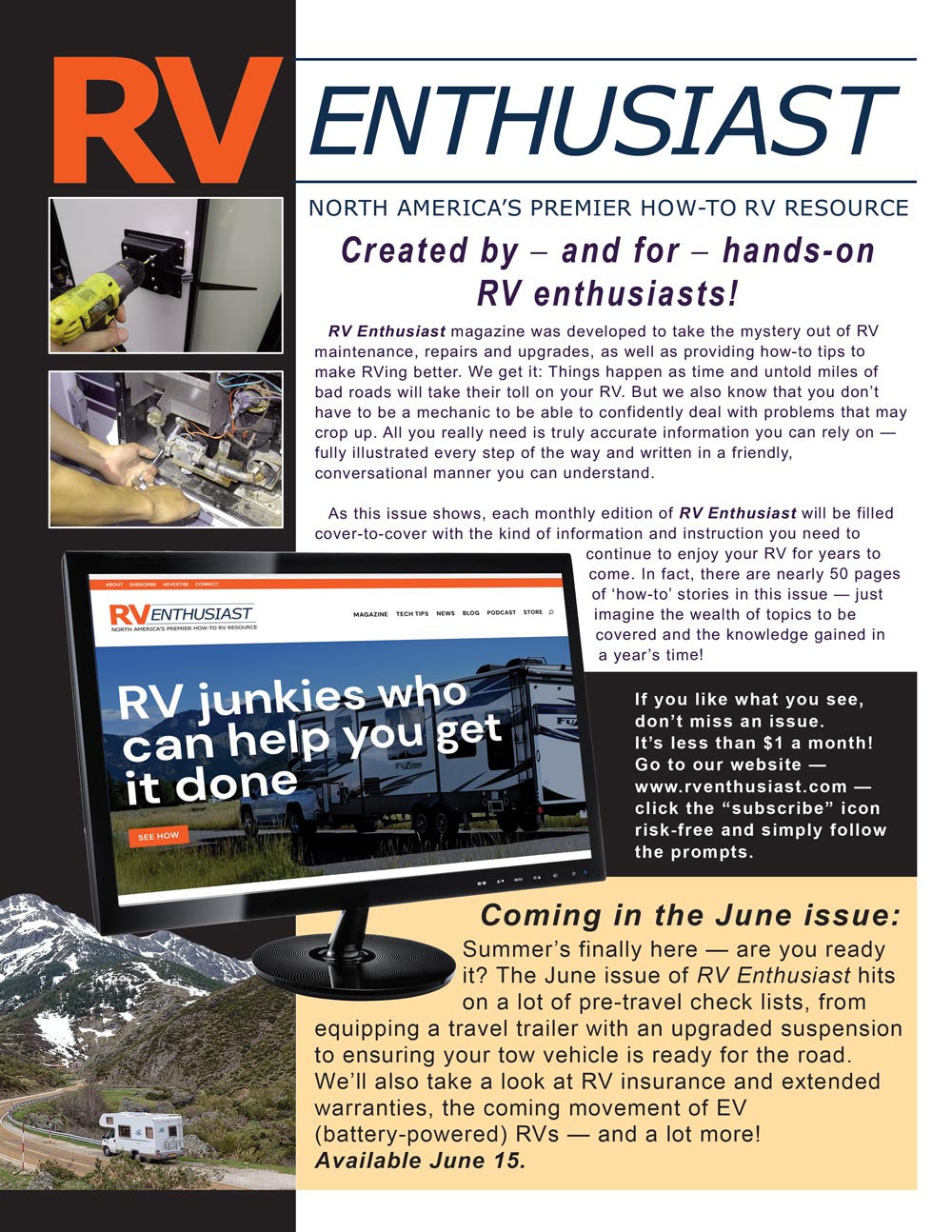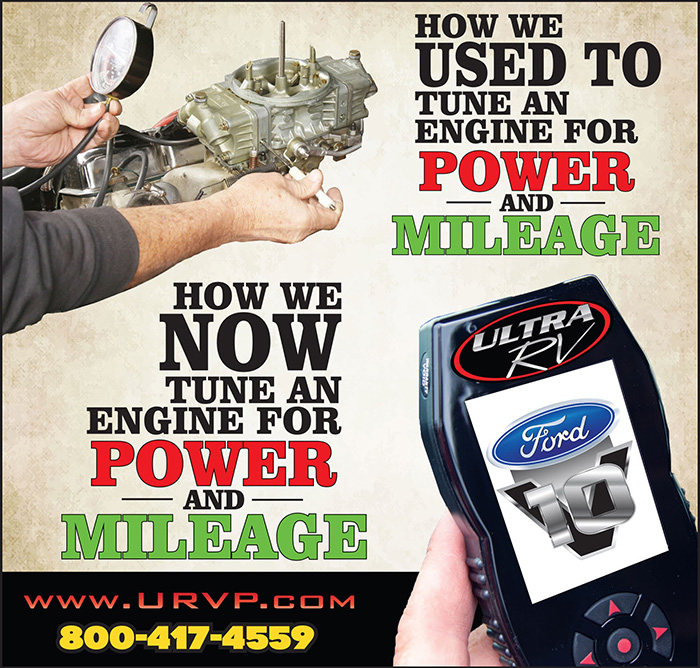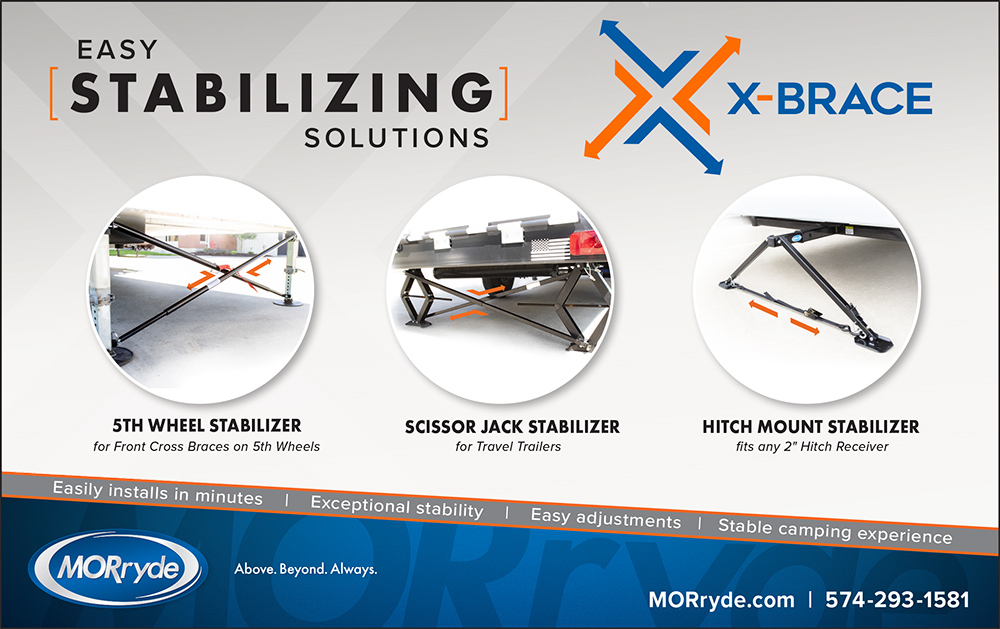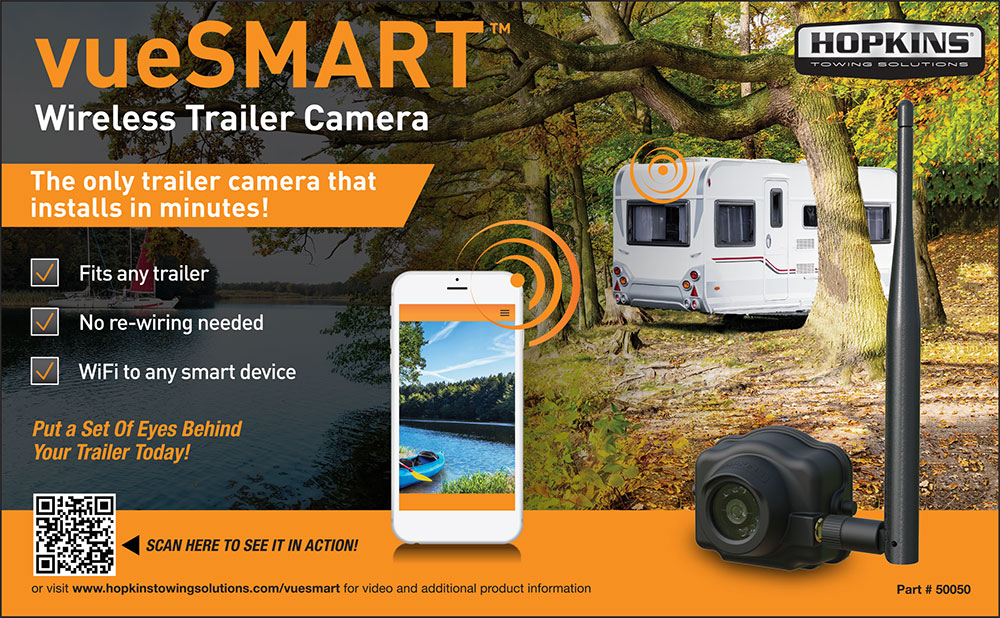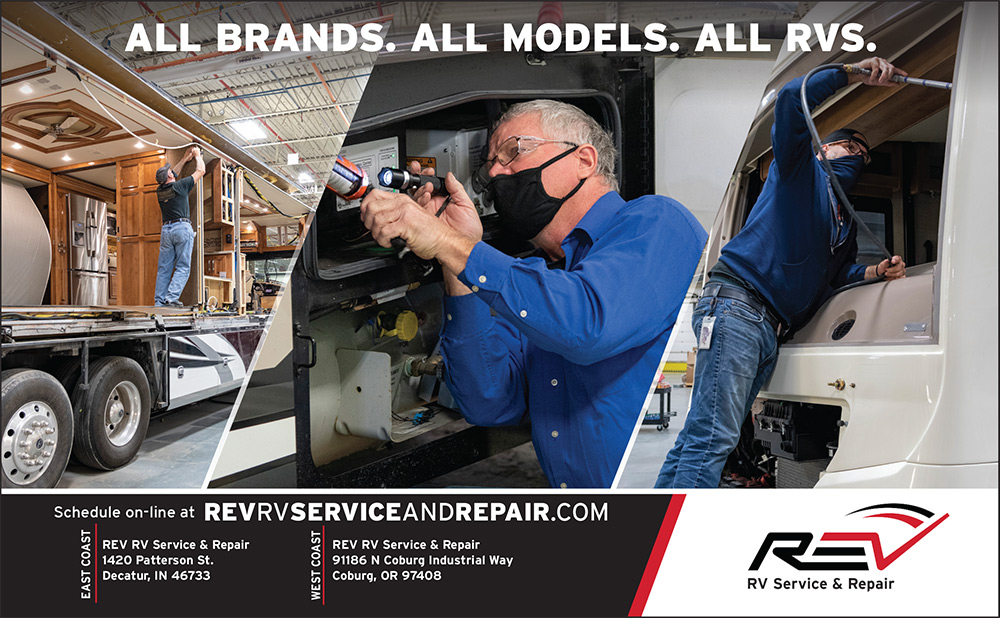Subscriber Access Only
Special Offer
Get 1 year of RV Enthusiast Magazine for just $9.99
Unlock My Offer No ThanksAlready a subscriber? Click here to access full issues.

Staging technical seminars is nothing new to Lippert. The supplier has taken a leadership role in educating service technicians, and the company’s own techs are a familiar site at many RV rallies. However, the RV Owner School is a first for an RV supplier, offering consumers a wealth of hands-on technical training to help keep their rigs on the road.
It’s probably happened to you: A late-night run to the bathroom, only to realize that the water pump isn’t switched on — and it’s mounted elsewhere in the RV. We’ve experienced it firsthand. After forgetting to turn on the pump before entering the bathroom one too many times, it was time to add a secondary switch where it was needed most.
A “hard blow” will shred most patio awning material and even mangle the hardware — and they always seem to crop up at times when RV owners aren’t around. Dometic’s Power Pro Kit will signal the awning to close in strong winds automatically, restoring peace of mind while preventing expensive collateral damage and down time.
There’s no mistaking the impact RV component suppliers have on the industry at large. Whether it’s on the OEM level or the aftermarket, suppliers drive a lot of the innovation found in RVs today. Wondering what the supplier segment has in store for 2022? Here are the winners in RVBusiness magazine’s annual RISE awards.
This special extended look at the latest 2022 product for RVing in style runs the gamut, from Suburban furnace core replacement modules to RECPRO’s new RV tank monitor panel kit with probeless adhesive sensors. And, while many of the products are directed toward the growing off-grid marketplace, all can be employed and enjoyed by RVers everywhere.
The “comforts of home” are coming on the road in a big way as RV galley appliances continue their trend toward replicating, as much as possible, the appearance and operation of traditional residential units. More to the point, they are incorporating “connected” technology as RV owners embrace road life in growing numbers.
The one-piece corrugated material that covers the bottom of a trailer or fifth wheel chassis can be a beautiful thing — until it comes time to access the dump valves or other components hidden behind the underbelly. Here’s a project to provide access panels without creating an eyesore and a place for critters to find shelter.
Towing a “dinghy” behind a motorhome has never been easier — but there’s more to it than appearance might reveal. Hitting the road with a car or truck in tow requires the right equipment — installed the right way. Here’s what it takes to flat-tow with confidence.
(805) 320-6909
[email protected]
EDITOR – Bruce Hampson
(574) 584-4616
[email protected]
TECHNICAL DIRECTOR
BILL GEHR
(805) 340-5015
[email protected]
ART DIRECTOR – MIKE ACCUARDI
[email protected]
26362 Douglas ave., Elkhart, in 46514
 AFFILIATE NOTICE: RVE Media Group LLC provides links to vendors and products, such as an Amazon Associates account, for informational purposes, but that may provide a commission if you purchase from that link. We often label these links with language that provides transparency if the destination is an advertiser, affiliate, or partner. Products are often provided to RVE at little/no cost for editorial testing purposes by vendors/suppliers. Under no circumstances does this affect the results of the test or install as published in RV Enthusiast. Sponsored content is identified as such directly on the content.
AFFILIATE NOTICE: RVE Media Group LLC provides links to vendors and products, such as an Amazon Associates account, for informational purposes, but that may provide a commission if you purchase from that link. We often label these links with language that provides transparency if the destination is an advertiser, affiliate, or partner. Products are often provided to RVE at little/no cost for editorial testing purposes by vendors/suppliers. Under no circumstances does this affect the results of the test or install as published in RV Enthusiast. Sponsored content is identified as such directly on the content.
PRIVACY POLICY: Our complete privacy policy can be found at https://rventhusiast.com/privacy-policy/
ike a lot of people, I find myself spending a lot of time on social media. I should be glad that a kid who grew up with a rotary phone in his home and can remember waiting until everyone went to bed in order to download something through AOL’s then “lightning fast” 56k dial-up Internet speed is even semi-computer literate.
I guess the Internet is my umbilical cord. It connects me with friends I haven’t seen since high school, keeps the principals of RV Enthusiast moving together while we work from various locations and lets me monitor — through various RV-related groups — what folks are interested in or need help understanding.
Granted, there are times when I just throw my hands up in frustration while reading certain of these postings…like the guy who, in a group chat about tire-pressure-monitoring systems (TPMS), stated he preferred to rely on his own tire expertise rather than trust a component. He didn’t care for it when I asked how, exactly, he managed to do that while traveling down the highway at 60 mph.
One that really hit me, though, was when someone in one of these groups asked about repacking wheel bearings.
Sponsored Content
If you’ve been RVing for any length of time, chances are good you’re aware of WAY Interglobal — even though you may not be familiar with its name.
Does your towable or motorized unit have an electric fireplace? WAY was the first to bring that residential look to the RV marketplace — and continues to offer travelers a number of fireplace options under its proprietary Greystone brand. Do you enjoy the benefits of a 12-volt compressor refrigerator while on the road? WAY pioneered the shift to 12-volt refrigerators, investing years of effort into researching and developing this more efficient and safer alternative to traditional absorption refrigerators. Today, the company offers 12-volt refrigerators under its proprietary Everchill brand in sizes ranging from a 40-quart portable electric cooler to a 17-cubic-foot model with French doors and a full freezer.
The fact is, WAY Interglobal has been making an impact on the RV industry almost since its inception in 2009. More than just a component distributer, however — its brands include Merlin, Powermax and RELion lithium ion batteries — WAY provides RV enthusiasts with a host of products under proprietary brands that also include Haven (furnishings and fixtures), Elite (solar panels, charge controllers, power generators and inverters) and Drive (charging docks, backup cameras and entertainment systems).
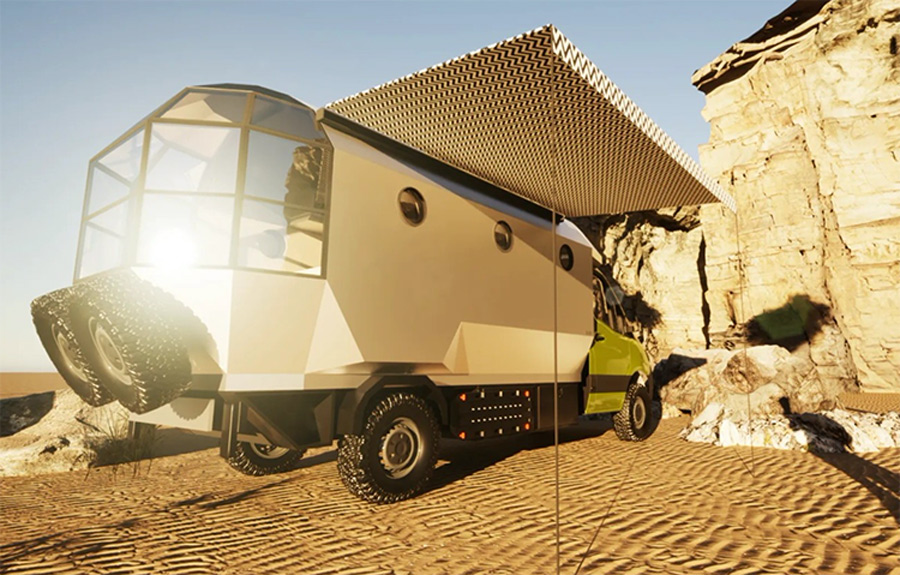
Aptly named Atrium, the concept was born from the company’s desire to reshape the Class C RV category. So, Textino created something that lets passengers have a complete view of their surroundings at all times by adding a “viewing cockpit” at the rear of the van. Basically, it put a geometric bay window at the back of the vehicle that makes the outside blend seamlessly with the inside. On each side of the Atrium, Texino integrated also three portholes while the roof also has two skylights that let natural light fill up the whole interior space.
And if you’re worried about privacy, the company states that all the windows will have intelligent glass control, allowing the occupants to change the transparency when desired. The interior of this futuristic-looking concept also looks quite spacious.
Sponsored Content
Travel with Peace of Mind
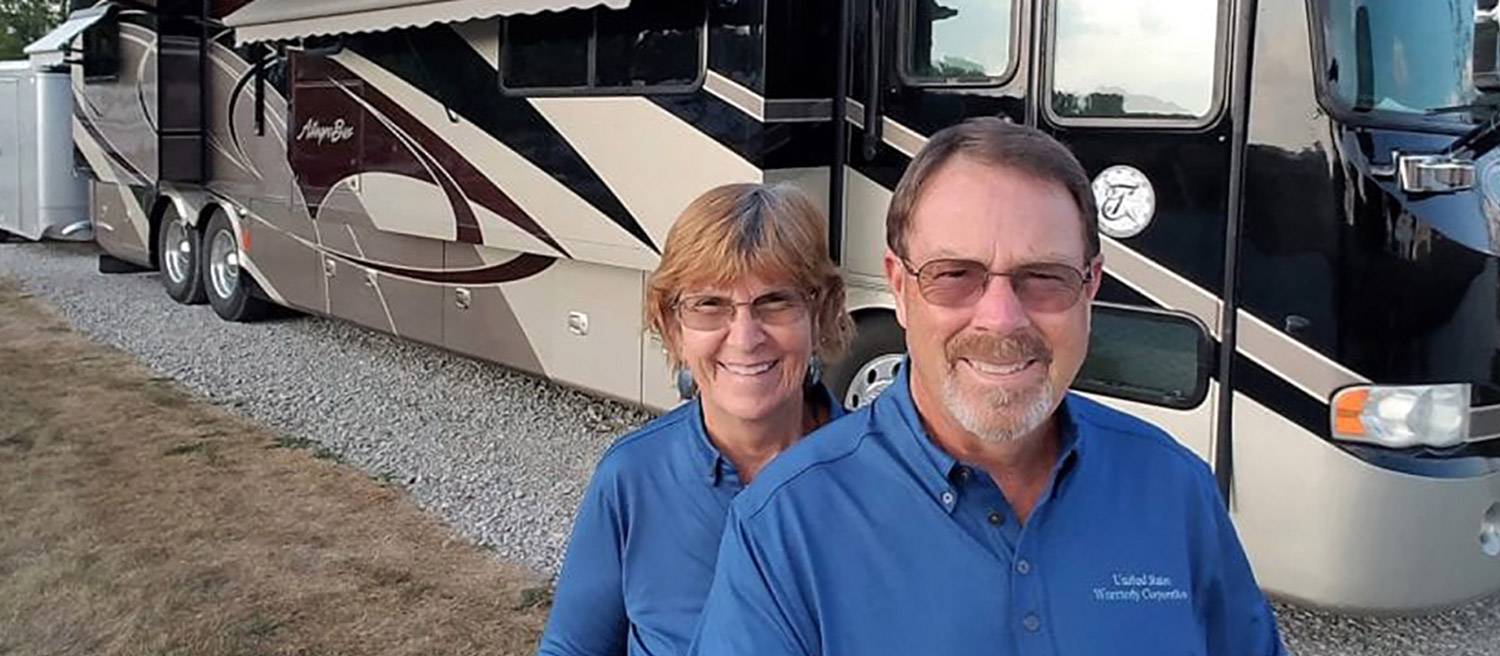
Longtime USWC contract holders the Jamesons
No, scratch that — there is something worse: Finding out after the fact that the service contract purchased for the RV doesn’t cover the cost of the repairs.
Service contracts are important — especially considering the cost of today’s towable and motorized units — but they aren’t all created equal.
What should you look for in a solid service contract?
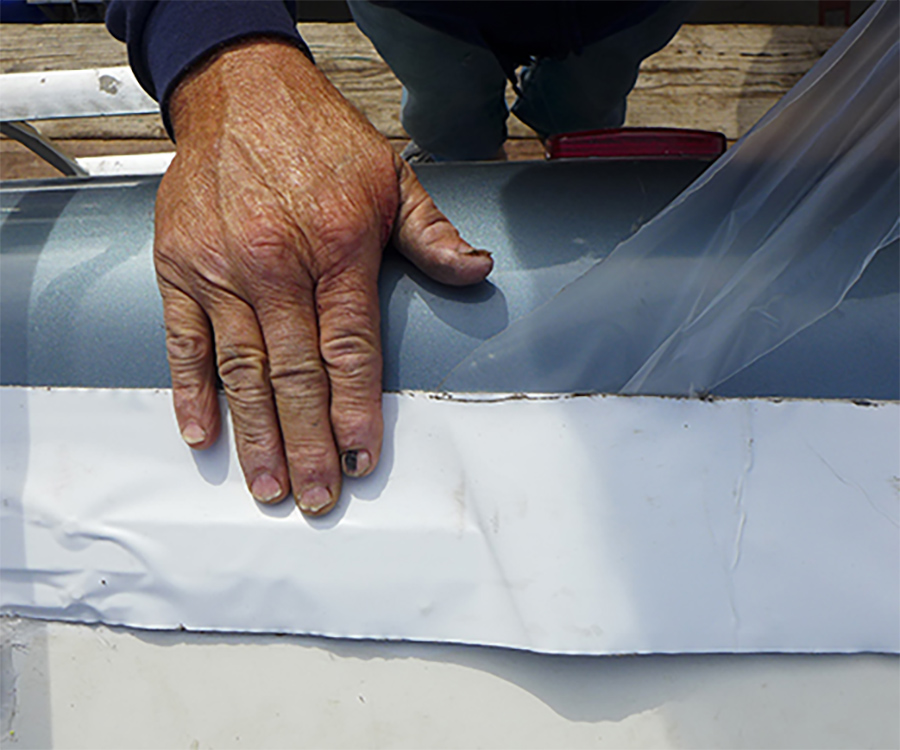
— Jean Robertson
Unfortunately, this is a common occurrence when parking under trees — especially when camping in beautiful places where tree maintenance is non-existent . Seems like it’s only a matter of time before an RV gets hit with a big branch or even a tree that has fallen down. I know; it happened to me a few years back in the middle of the night. Quite an awakening!
Sealant would not be my first choice; just trying to keep it from sinking down through the hole and into the insulation alone would be a challenge. Go online and pick up a product called Eternabond tape. This repair tape, which looks like rubber roof material, comes in different colors (the most common is white) and is sold in different widths and lengths. I used Eternabond to seal the seams where the front and rear caps meet the rubber roof on my fifth wheel and it’s been on there for 12 years — and is still in perfect condition.
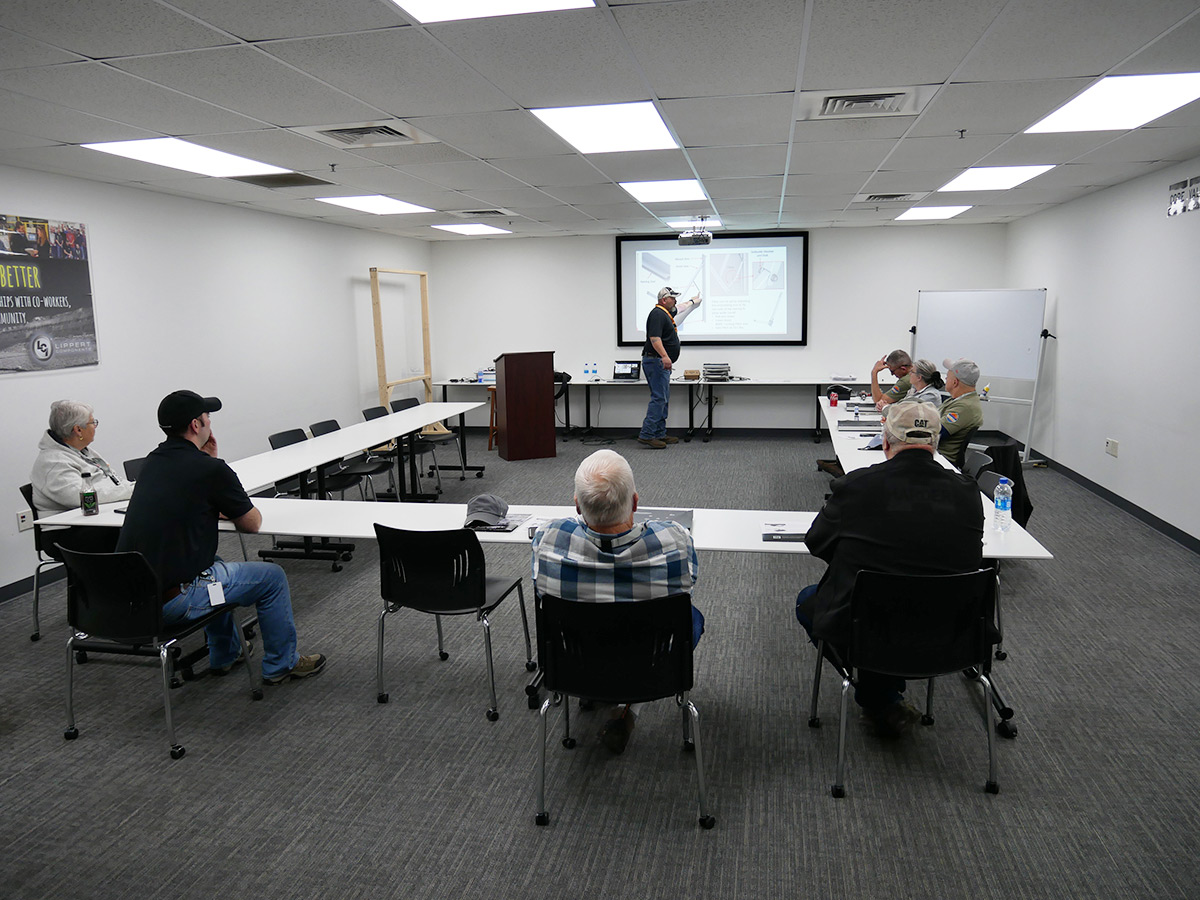
here’s probably no better way of spending a vacation than with family and friends and an RV — unless the RV runs into problems. If you don’t know your way around your rig mechanically, even relatively small snafus can bring outings to a premature end or, worse still, cancel long-anticipated travel plans. Learning about the myriad systems included in an RV — from plumbing and electrical to the operation of slideouts — is critical to not only making repairs on the road but also extending the life of your travel trailer, fifth wheel, motorhome or truck camper.
Acquiring that much-needed education, though, can be a years-long process of frustration and skinned knuckles. But it doesn’t have to be.
Staging hands-on technical seminars is nothing new to Lippert. For much of the past decade, the Elkhart, Ind.-based company has taken a leadership role among those RV suppliers that had undertaken the task of educating service technicians on maintaining and repairing components produced by each firm. For Lippert, this is particularly critical as the largest supplier in the RV industry continues to expand both organically and through acquisitions to nearly three dozen brands.
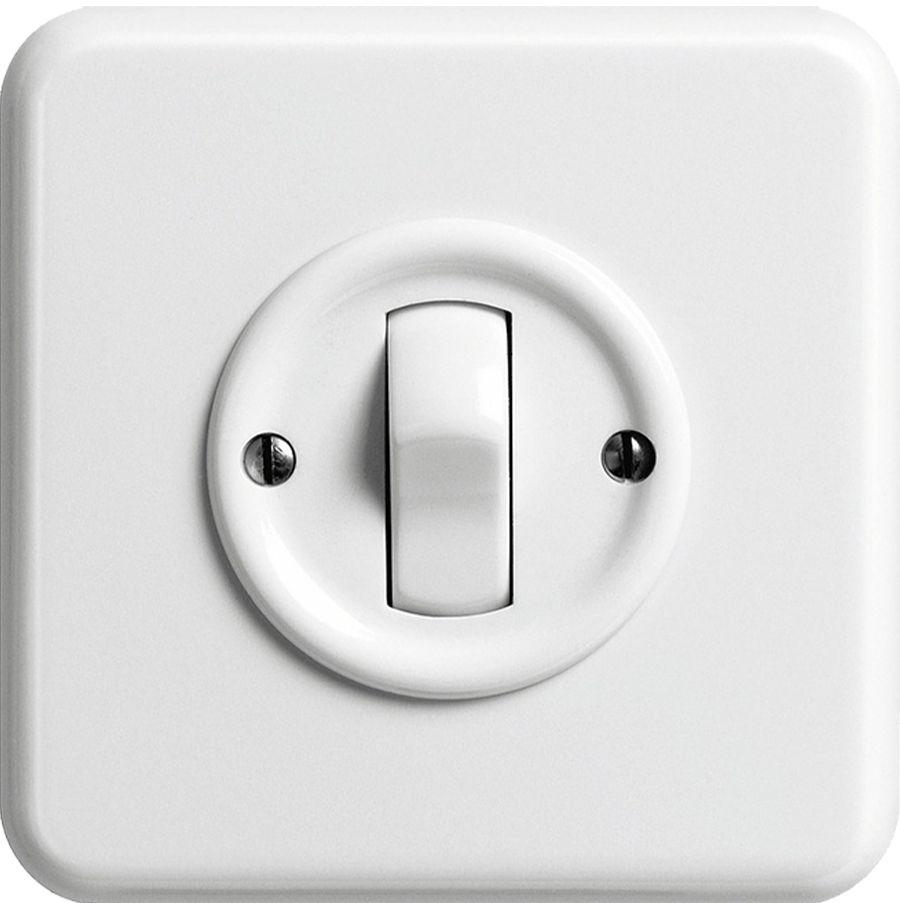
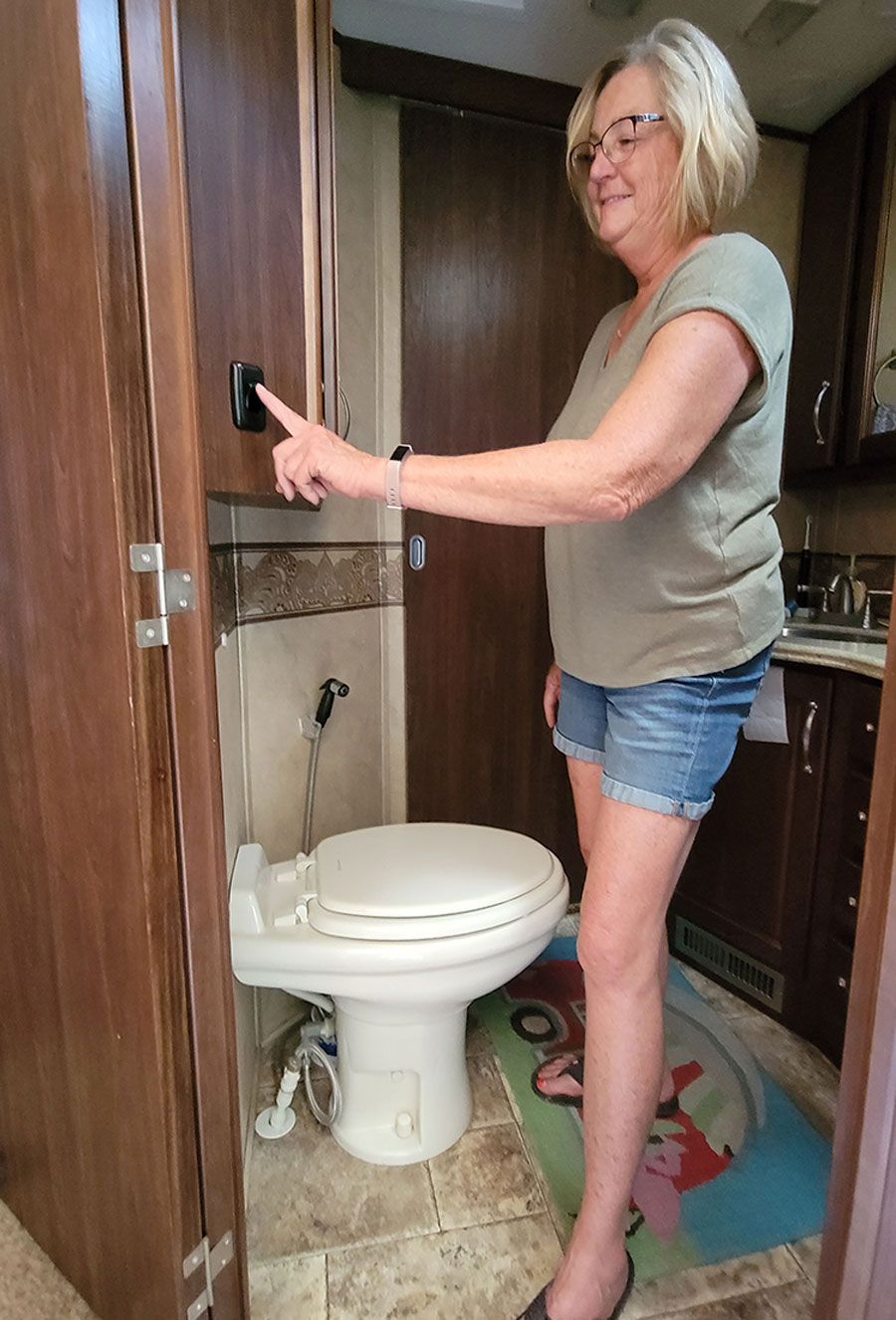
ow many times have you been traveling hour after hour and needed to make a stop to pop into the bathroom or got up in the middle of the night — only to discover that the water pump switch in the other room was not “On” when you needed to flush the toilet? If you’re human, the answer is, “too many times.” There’s no question that this has happened to all of us at one time, leading to vows to find a solution.
Fortunately, a number of manufacturers have installed a secondary water pump switch in the bathroom and maybe another in the utility center located in one of the exterior compartments. Unfortunately, like owners of most older RVs, the person holding the title to this trailer did not have a bathroom switch — and after multiple grumblings while using “the facilities” with the pump turned off, the owner was desperate to install a secondary switch in the bathroom. So, we set about installing one.
I found a matching switch to the others used in the trailer on Amazon ($9.99 — search for an American Technology Components Single SPST On-Off Switch with Bezel). So, we had the switch; now we had to make sure we could use it.
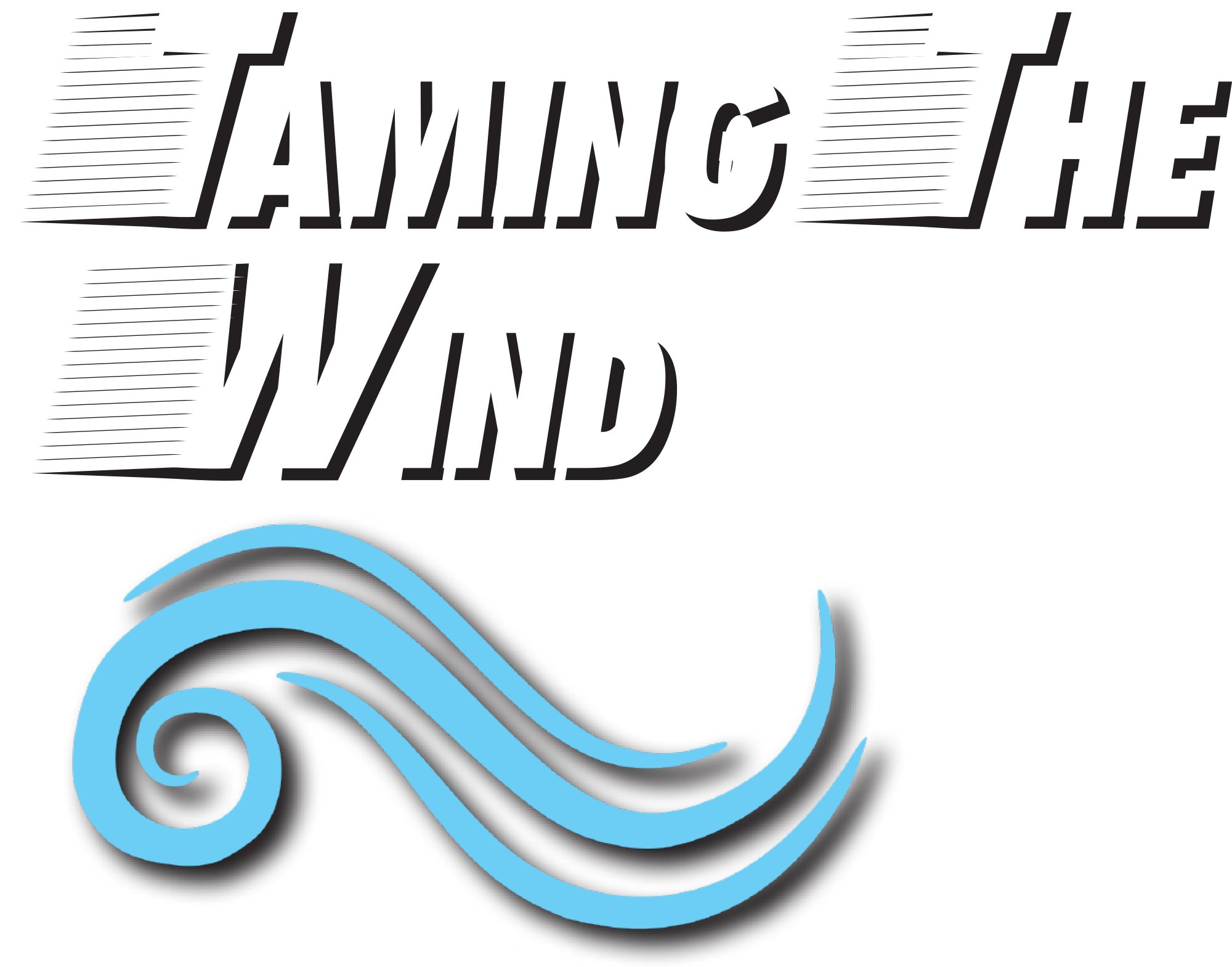
hade is important to many campers. Just ask RV park operators who constantly hear, “Are there shade trees on or adjacent to the site?” when travelers are looking to book a site. That’s why awnings are so popular — if the campsite isn’t shaded with trees, you can bring along your own shelter from the sun.
Not all awnings are created equal, however. While summertime weather — prime camping season — is somewhat more predictable, the wind can still be a menace, causing substantial damage to the awning fabric and hardware if left out during a hard blow. Leaving the awning open while away from camp can present a whole new set of problems if the wind comes up unexpectedly. In my 50 years of working on RVs, I can’t even count the number of customers who came into my shop with awnings that did not fare well during a windstorm that came up unexpectedly while they were out hiking or boating. Returning to the camp and seeing a shredded awning and mangled hardware, along with a surprising amount of collateral damage, is always disheartening. Insurance will typically cover the repairs, but there’s still a deductible and the prospect of a ruined trip — or, at the very least, experiencing a lot of difficulty jury-rigging the leftover parts in order to get back on the road and to a service center.


t’s no surprise that a lot of the innovation happening in the RV arena is coming from its supplier base.
You just don’t hear about these products as often as you should. In 2018, the industry’s premier trade publication, RVBusiness, introduced its RISE Awards to highlight the inroads made by industry component suppliers on both the manufacturer (OEM) and aftermarket levels. The award’s name is an acronym for “Recognizing Innovation and Supplier Excellence.”
“We felt the innovations by supplier companies needed to be recognized and honored for helping to move the industry forward,” said the magazine’s editors at the time. “You could argue that it’s the components in an RV that drive innovation just as much as — if not more than — anything else.”
Clearsource
Lance Camper
Lippert
United States Warranty Corporation
Way Interglobal
Advertise Today
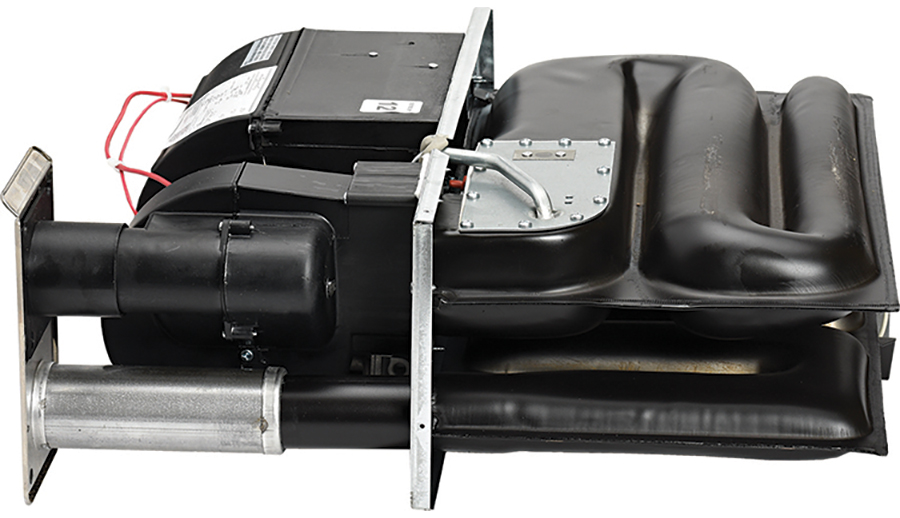
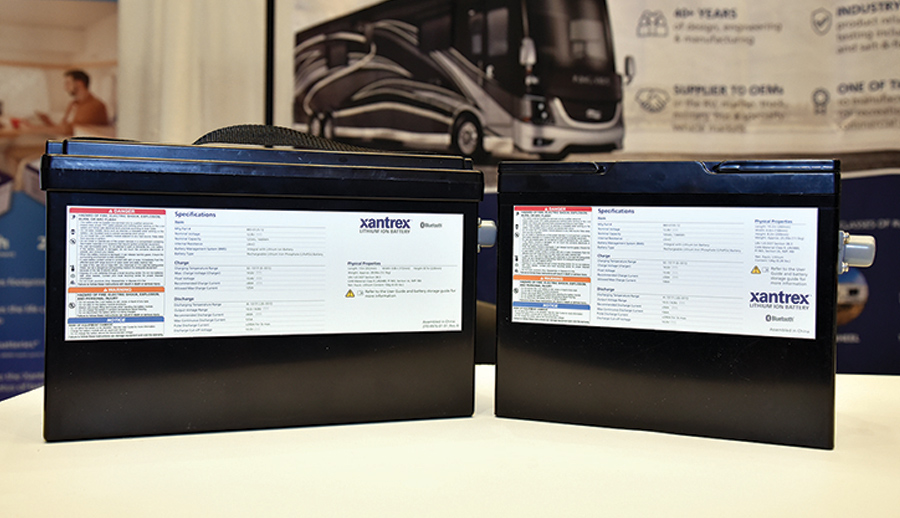

hile contemporary RVers are fueling the drive by RV manufacturers and suppliers to equip new models with ever-more “residential-style” products and appliances, there is one big difference between an RV and a more traditional “brick-and-mortar” home: the social meeting places have changed.
At home, the kitchen oftentimes becomes the de facto gathering place as friends and family congregate to talk while meals are being prepared. While camping, the galley assumes a more utilitarian focus, used for meal prep while most of us tend to congregate outdoors.
That said, RVers nonetheless want the same quality and functionality they enjoy with their kitchen appliances when they go on the road.
According to a recent Wall Street Journal article, the future of kitchen design is “hands-free and smartphone-activated” — in other words, kitchen appliances are going digital.

trailer or fifth wheel underbelly is a wonderful addition. It conceals the “spaghetti bowl” of wires, tubing and tanks, and offers a smooth — and aesthetically pleasant — finish to the underside of the chassis. It also allows for ducted heating from the furnace as part of a factory-offered cold weather package. All-in-all, you wouldn’t want a trailer without a one-piece belly pan — until it becomes necessary to make a plumbing or wiring repair. Then it becomes a nightmare.
Removing the entire belly pan to access a dump valve, for example, is a lot of work — and the chances of replacing it to factory conditions are slim. Then, there’s the mystery of where everything is located without having precise blueprints, which typically is just fantasy. It would be nice if the factory provided strategic access panels — or at least marked the location of the holding tanks and dump valves — but that doesn’t happen. So, mechanics and do-it-yourselfers simply make blind guesses and hope for the best.
A Solid Hook-up
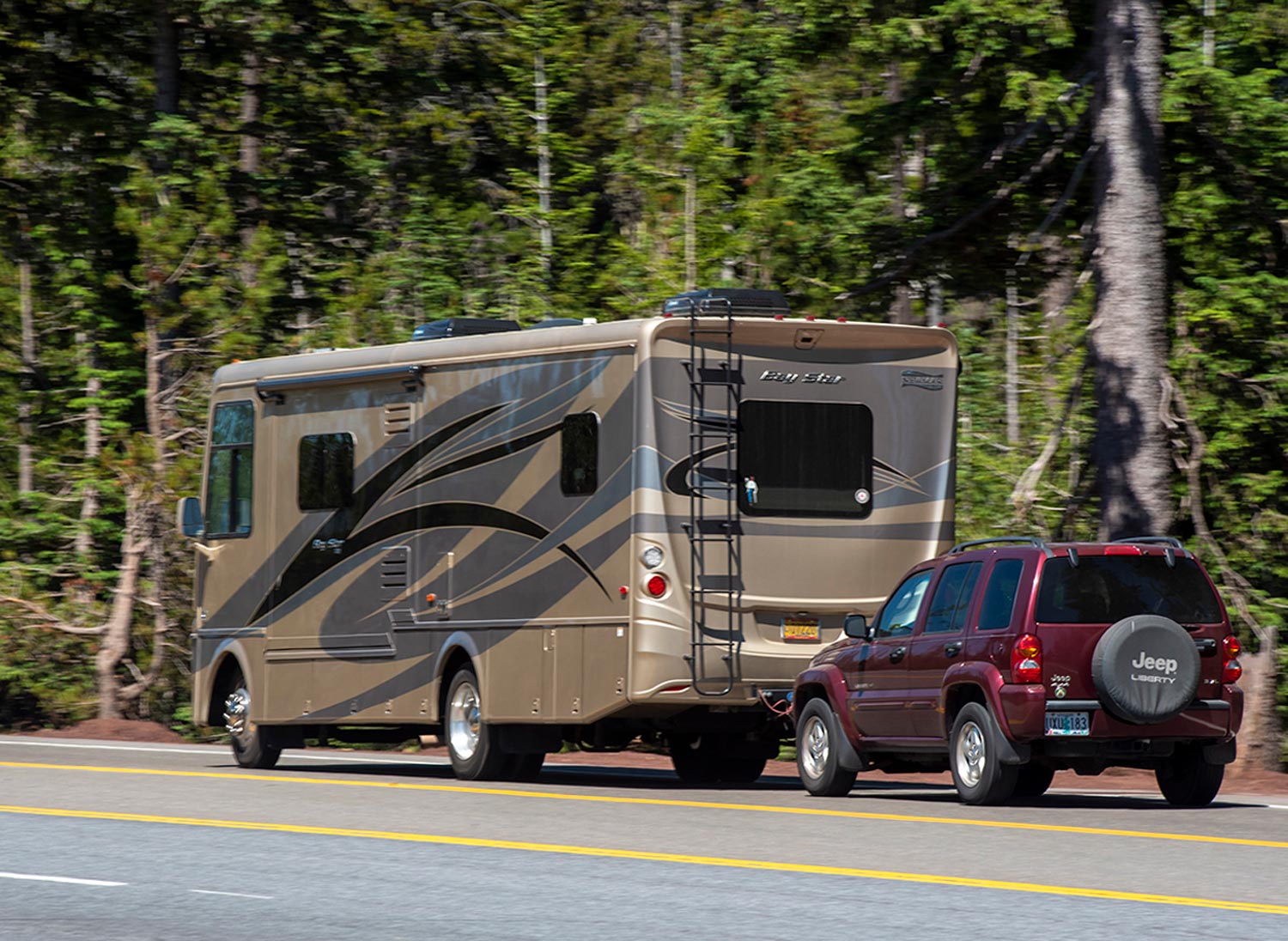
A Solid Hook-up
etting up a vehicle properly for flat-towing behind a motorhome seems so simple. Slide the ball mount into the receiver on the coach, connect the tow bar to the ball mount and the vehicle you’re towing, plug in the lights and off you go.
If it were only that easy.
Safety on the open road should be the Number One priority of every person behind the wheel of an RV because the lives of the loved ones riding along are literally in the driver’s hands. That may sound melodramatic, but it’s true. Hook up a towed vehicle behind the motorhome and you add yet another element to those safety concerns.
If you want to flat-tow (all four wheels on the ground) a “dinghy” safely and confidently behind your motorhome, going the cheapest route on the tow setup probably isn’t in your best interest — especially if you plan on towing the vehicle for thousands of miles over varying road and weather conditions. According to the expert installers at Bish’s RV in Meridian, Idaho, a flat-tow setup requires an investment of between $3,500-$5,500 — depending on the vehicle, tow-bar and braking products used and whether you do it yourself or have a pro do the work. Yet many RV owners concentrate on price first, with safety and quality of product second. However, when it comes to towing a vehicle behind any motorhome, price should always play a secondary role.



